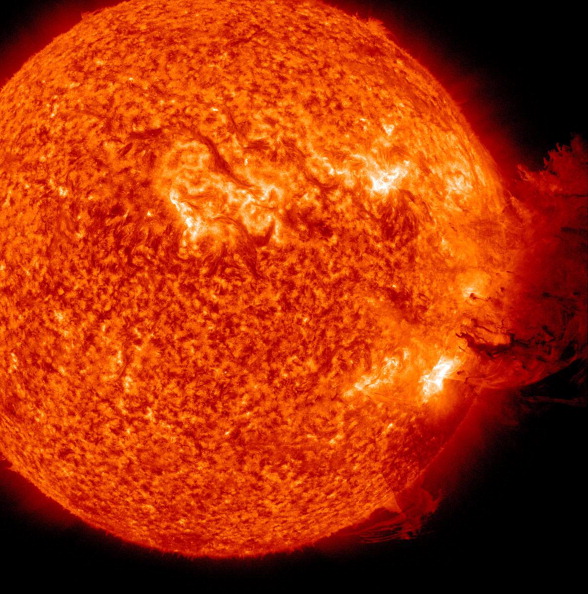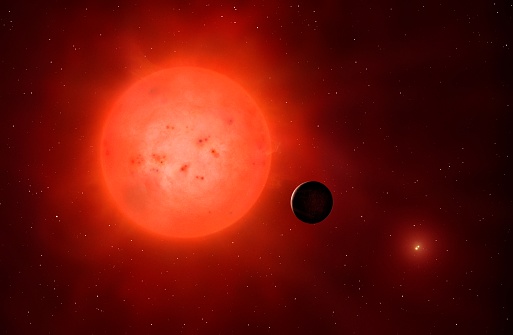The NASA TESS (Transiting Exoplanet Survey Satellite) mission just discovered something significant: our own sun is remarkably well-behaved in comparison to its counterparts elsewhere in the cosmos.

(Image courtesy of NASA/Solar Dynamics Observatory and Getty Images.)
According to Universe Today, the NASA TESS spacecraft, whose main mission is to seek for exoplanets, discovered that our sun releases solar flares 1,000 times weaker than most other stars seen by TESS in its search for exoplanets.
Ward Howard of the University of Colorado at Boulder makes this assertion, claiming that our sun’s “well-behaved” character allowed life on Earth as we know it to flourish.
According to data obtained by NASA’s Kepler Space Telescope and the European Space Agency’s Gaia star-mapping project, most sun-like stars discovered in the past are much more active than our own.
However, this does not imply that the sun’s strength does not have an impact on us here on Earth.
Everyday “space weather” may still pose a threat to human technology in orbit and on Earth’s surface.
Still, life on Earth is extraordinarily fortunate that our sun is the way it is; otherwise, we would most likely not exist.
How a Star Affects Life Formation in Other Parts of the Universe
Scientists can detect the presence of exoplanets by monitoring their parent stars using NASA’s TESS probe.
This is known as the Transit Method, and it entails observing periodic dips in the brightness of the star.
If the dips occur at regular intervals, it typically indicates that a planet is “transiting” in front of the star, therefore the term Transit Method.

An exoplanet in front of the sun
(Image courtesy of Getty Images)
Astronomers often attempt to discover possibly habitable planets by determining where they are in relation to their star system.
They define a “Goldilocks zone” in which life may survive. Scientists hypothesize that the circumstances in this habitable zone are “just right” ,not too hot or cold.
For those who are unaware, liquid water is crucial to life as we know it on Earth.
However, the activity level of a star might imply that Goldilocks zones in other star systems are very different from ours.
This implies that although an exoplanet may be in a habitable zone, severe and considerably more frequent solar flares – aka space weather- might eliminate any chance of life emerging on the planet.
Consider this: if our own “well-behaved” sun has enough power to destroy our technology, think how much harm it might do if it was as active as those seen by NASA’s TESS probe.
According to a research published in the journal Nature Astronomy, some of these so-called sun-like stars are so active that they consume their own planets.
The bottom line is that our solar system is extraordinarily fortunate to have a well-behaved sun; otherwise, life on our planet as we know it would not have existed.

(Image courtesy of Guillaume Preat | Pixabay)
The TESS Spacecraft from NASA
According to the TESS website, NASA launched the TESS mission atop a SpaceX Falcon 9 rocket almost three years ago with the express goal of conducting a two-year survey of exoplanets.
To accomplish its mission, the spacecraft has four identical cameras that scan a 24 by 90-degree strip of the night sky. These cameras are designed to identify “Super Earths” (rocky planets with greater mass than Earth) circling bright nearby stars.
Since then, it has detected 4,500 exoplanet candidates, of which 159 have been formally identified.
Source: TechTimes












Leave a Reply